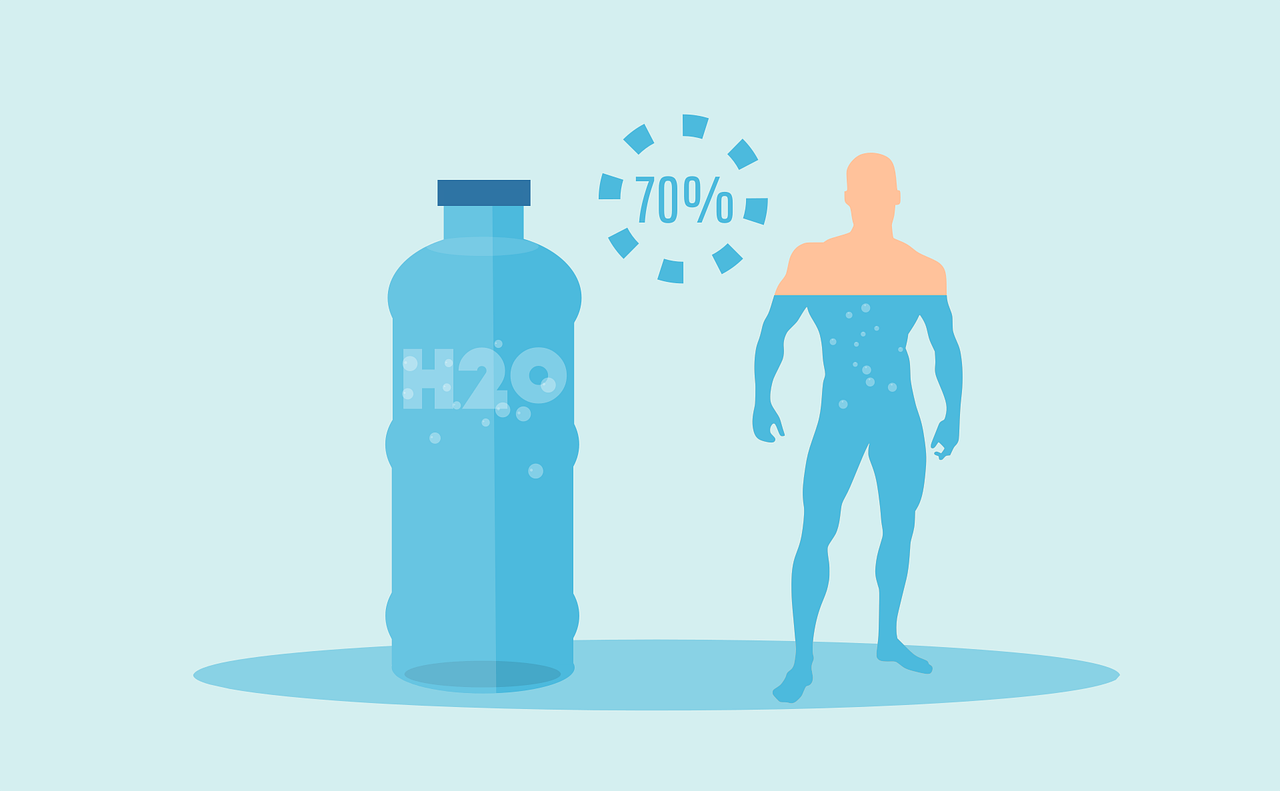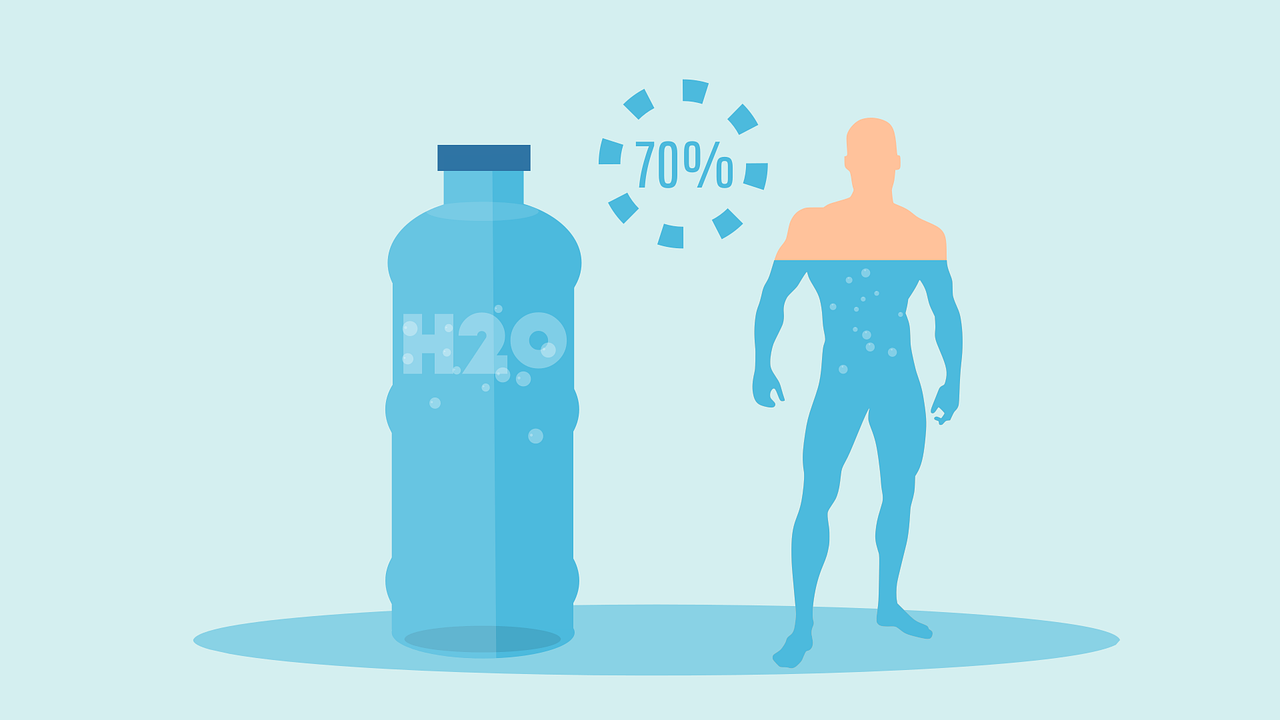How to Stay Hydrated This Winter Season
 Even when temperatures take a dive, you must still do what you can to remain hydrated at all times. For example, just because you’re working out when it’s snowing outside doesn’t mean you can do without water. If you fall into this trap, you could soon find yourself dealing with the many side effects of dehydration — and that’s not something you want to invite into your life.
Even when temperatures take a dive, you must still do what you can to remain hydrated at all times. For example, just because you’re working out when it’s snowing outside doesn’t mean you can do without water. If you fall into this trap, you could soon find yourself dealing with the many side effects of dehydration — and that’s not something you want to invite into your life.
With all this in mind, you must know how to stay hydrated. While drinking alkaline water is a good start, it’s not the only option available to you. Here are some additional tips to keep in mind as the weather begins to change:
1. Have a plan
It’s not good enough to tell yourself you’ll drink more water when you’re working out. You need to think about this day after day, backed by a plan that you’re comfortable following. An example would be counting how much water you drink every day and then adjusting your approach according to the results.
2. Don’t wait until you’re thirsty
This is the biggest mistake you can make. If you wait until you’re thirsty to start drinking, it’s too late. You need to prevent dehydration as opposed to waiting for it to set in before you take action. For instance, if you know you’ll be working out for an extended period of time, load up on water beforehand.
If you begin to feel thirsty, no matter what you’re doing, stop to assess your situation. This gives you time to determine how you can get back on track, without making things worse in the meantime.
3. Try more than water
Water is just one of the many beverages that can help you stay hydrated. You should also experiment with sports drinks, coconut water, liquid IV, and anything else that’s known to assist with hydration. There’s a good chance you’ll become tired of consuming water, so having a few backup options is always in your best interest.
4. Fruits and vegetables work, too
In addition to the essential vitamins you get by eating fruits and vegetables, these can also help you stay hydrated. Best yet, you’re able to stay hydrated while also deliciously filling your stomach. Find a few fruits and vegetables you enjoy and add them to your daily diet. This will help you stay hydrated, even when you don’t think you need an “extra boost.”
5. Beware of the signs and symptoms
Extreme thirst is just one of the many signs and symptoms associated with dehydration. Others include but are not limited to a sticky mouth, dark yellow urine, headache, muscle cramps, vomiting, and nausea.
If you experience any of these signs and symptoms, consider it a warning. It’s your warning to begin hydrating right away. As noted above, waiting won’t do you any good. Your body won’t hydrate without your help, so you want to kickstart it as soon as possible.
Tips to Prevent Dehydration
Rather than deal with the impact of dehydration when it arrives, you’re best off preventing it in the first place. To go along with the above, keep these details in mind:
- You may not feel yourself sweating: For instance, if you’re running in cold weather, you may not realize you’re sweating until you reach your destination. But that doesn’t mean it’s not happening.
- Take regular breaks: If you’re participating in any type of intense activity, take regular hydration breaks. During this time you can drink a glass of water, rest your mind and body, and determine if continuing your activity is a good idea.
- Avoid alcohol and caffeinated beverages: Both of these things will increase the likelihood of dehydration. Remember, just because it’s a liquid doesn’t mean it’s helping you hydrate. Too much alcohol or caffeine, especially before high-intensity activity, can speed up the rate at which you become dehydrated.
Final Thoughts
As a general rule of thumb, do whatever it takes to stay hydrated at every time of the year. It doesn’t matter if it’s cold, warm, or somewhere in between. You need to give your body the hydration it needs to perform at its peak. With the tips above in mind, you should be able to take action for the better starting today.




